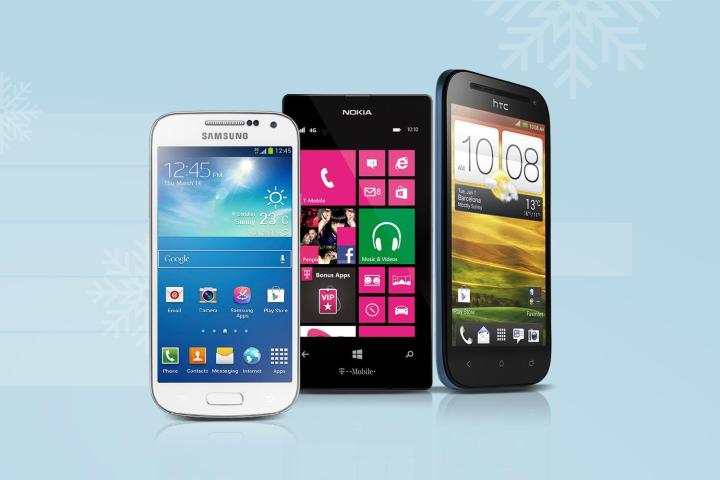
“While under-display optical fingerprint recognition is only a spec upgrade from capacitive solutions, 3D sensing embodies a revolutionary user experience and warrants a premium on gross margin,” Kuo’s research note reads. “3D sensing not only enables facial recognition in security applications and allows users to create fun expressions like Apple’s Animoji, on a more important level, it is a key factor in the development of AR. We therefore believe brand vendors are willing to spend more for related components.”
Current companies working on the technology for Android manufacturers are Qualcomm and Himax, Orbbec, and Mantis Vision. The offerings from Qualcomm and Himax are said to be the most advanced and thus the most popular.
Kuo says that within the next two to three years, he believes that Android phones shipped with 3D sensors will outnumber those with under-the-panel fingerprint scanners by a factor of two to three. Kuo cited the fact that 3D sensors are compatible with a wider variety of
Beyond that, there are also the supply issues to consider. Kuo says that Samsung’s dominance in the area of high-end OLED panels means that supplies of such hardware will be significantly harder to find. The move to 3D sensors isn’t simply an attempt by Android manufacturers to copy Apple, but rather a move necessitated by the constants of hardware supplies.
That being said, it is likely that we won’t see widespread adoption of this technology for several years and, even then, it will likely only be available on premium phones. And it will be even longer when we see the feature on lower-end devices.
Editors' Recommendations
- This one Apple Fitness feature completely changed how I exercise
- An Apple insider just revealed how iOS 18’s AI features will work
- iPhone 16: news, rumored price, release date, and more
- iPhone SE 4: news, rumored price, release date, and more
- 3 reasons why I’ll actually use Anker’s new iPhone power bank


